Home>Garden Essentials>How Long For Grass Seed To Sprout
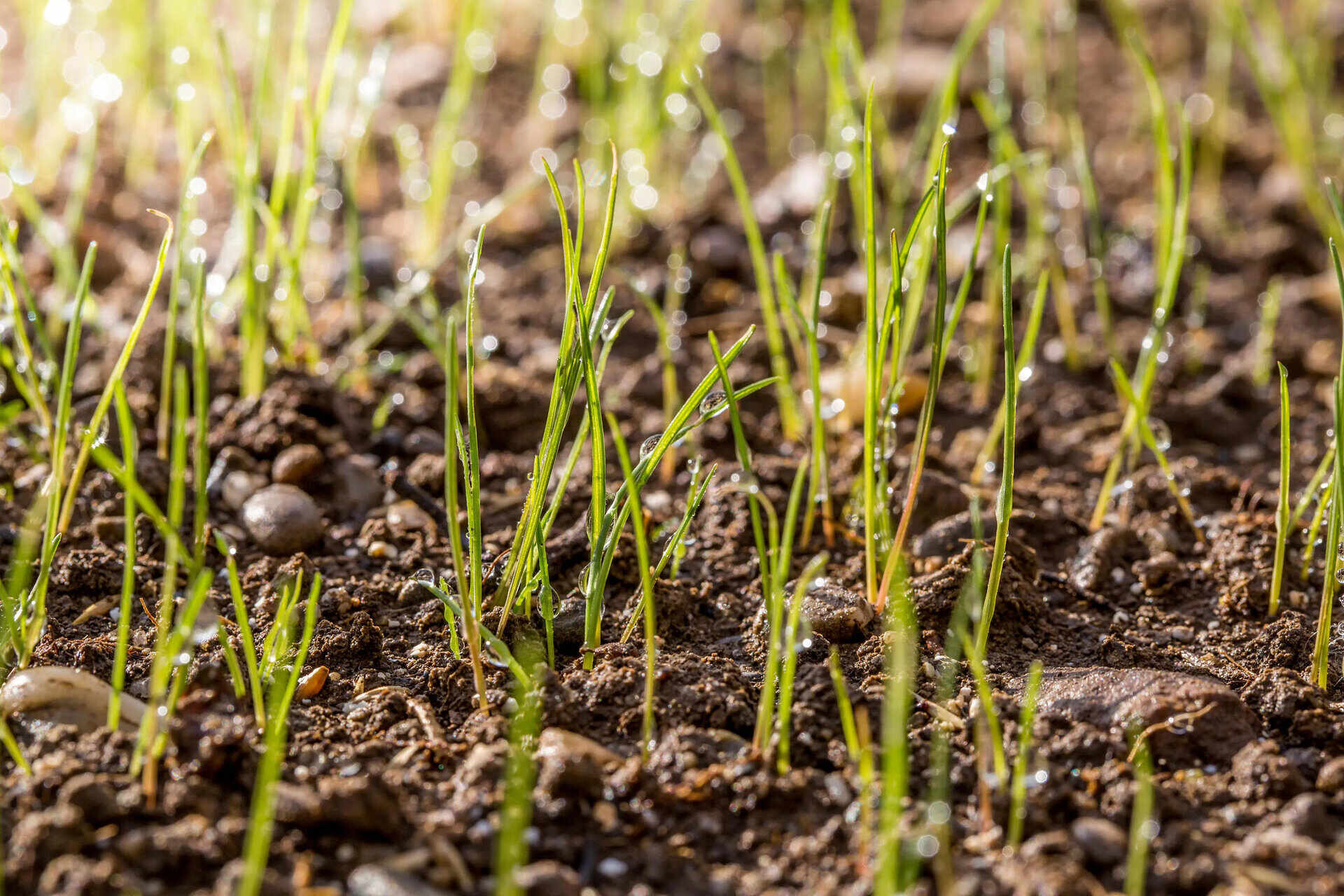

Garden Essentials
How Long For Grass Seed To Sprout
Modified: May 6, 2024
Looking to start a garden? Learn how long it takes for grass seed to sprout and get ready for a lush green lawn in no time.
(Many of the links in this article redirect to a specific reviewed product. Your purchase of these products through affiliate links helps to generate commission for Storables.com, at no extra cost. Learn more)
Introduction
Growing a lush and beautiful garden starts with the germination of grass seed. Whether you’re establishing a new lawn or trying to fill in bare patches, understanding the timeline for grass seed germination is crucial. By knowing how long it takes for grass seed to sprout, you can plan and prepare accordingly, ensuring the success of your gardening endeavors.
Germination is the process by which a seed begins to grow and develop into a new plant. When it comes to grass seeds, this process involves various factors that influence the speed and success of germination. From proper soil preparation to the right environmental conditions, understanding these factors will help you optimize the growth of your grass seed.
In this article, we will explore the factors affecting grass seed germination, the optimal conditions for germination, the typical germination timeline for different grass varieties, as well as tips for accelerating the process. Additionally, we will discuss common mistakes to avoid to ensure the best possible results.
So, whether you’re a seasoned gardener or new to growing grass from seed, read on to discover everything you need to know about the timeline for grass seed germination.
Key Takeaways:
- Patience and proper care are key to successful grass seed germination. Understanding factors like soil quality, moisture, and temperature can help you establish a healthy and vibrant lawn.
- Avoid common mistakes like insufficient seed-to-soil contact and improper watering to ensure the best results. By following instructions and providing proper care, you can enjoy a lush and beautiful lawn.
Read more: How Long For Seeds To Sprout
Factors Affecting Grass Seed Germination
Several factors play a crucial role in the germination of grass seeds. Understanding these factors will help you create the ideal conditions for successful seed germination and ensure that your efforts yield a healthy and vibrant lawn.
- Soil Preparation: The quality of the soil is essential for seed germination. The soil should be well-drained, loose, and free from debris. Properly preparing the soil by removing rocks, weeds, and other obstructions will create a favorable environment for the seeds to take root.
- Temperature: Grass seed germination is heavily influenced by temperature. Most grass varieties prefer a soil temperature between 60°F and 75°F (15°C – 24°C) for optimal germination. Cooler temperatures can significantly slow down the germination process, so it’s important to consider the climate and plant accordingly.
- Moisture: Adequate moisture is vital for seed germination. The soil should be consistently moist but not waterlogged. Dry or excessively wet conditions can hinder germination and lead to poor seedling development. Proper watering techniques and irrigation systems are crucial to maintain the right moisture levels.
- Light: Unlike some other plants, most grass seeds do not require light to germinate. In fact, keeping the seeds covered with a light layer of soil or straw can provide protection and create a dark environment that promotes successful germination.
- Seed Quality: The quality of the grass seeds themselves can greatly impact germination. Opt for high-quality, fresh seeds from reputable suppliers to ensure a higher germination rate. Lower-quality or old seeds may have a lower germination rate and result in a patchy or weak lawn.
By considering and optimizing these factors, you can significantly improve the chances of successful grass seed germination and establish a healthy and vibrant lawn.
Optimal Conditions for Grass Seed Germination
Creating the optimal conditions for grass seed germination is essential for a successful and thriving lawn. By providing the right environment, you can promote faster germination and ensure the healthy growth of your grass.
- Soil pH: The pH level of the soil plays a crucial role in seed germination. Most grass varieties prefer a slightly acidic to neutral pH level, around 6.0 to 7.0. Testing the soil and amending it if necessary with lime or sulfur can help create the ideal pH range for optimal germination.
- Dethatching and Aeration: Before seeding, it’s beneficial to dethatch and aerate your lawn. Dethatching removes dead grass and debris, allowing the seeds to come into better contact with the soil. Aeration helps improve soil compaction and allows for better water and nutrient absorption, creating a conducive environment for the seeds to sprout.
- Seed-to-Soil Contact: Proper seed-to-soil contact is crucial for germination. After spreading the seeds, gently rake them into the soil or use a roller to press them firmly against the ground. This ensures better absorption of moisture and nutrients, which are essential for germination.
- Mulching: Applying a light layer of mulch over the seeded area can help retain moisture, regulate soil temperature, and protect the seeds from wind, birds, and other disturbances. Organic mulch, such as straw or compost, is recommended as it enriches the soil as it decomposes.
- Watering: Adequate and consistent watering is vital for seed germination. Keep the soil evenly moist but not waterlogged. Watering lightly and frequently is better than infrequent and heavy watering. A misting nozzle or a sprinkler system can help distribute the water evenly and gently without displacing the seeds.
By creating these optimal conditions, you can greatly enhance the chances of successful grass seed germination and establish a healthy and vibrant lawn.
Typical Germination Timeline for Different Grass Varieties
The germination timeline for grass seeds can vary depending on the variety of grass you are planting. Different grass species have different growth habits and germination speeds. It’s important to understand these variations to know what to expect during the germination process.
Here is a general timeline for the germination of common grass varieties:
- Cool-Season Grasses: Cool-season grasses, such as Kentucky bluegrass, perennial ryegrass, and tall fescue, typically have a germination period of 7 to 21 days. These grasses thrive in cooler temperatures and are commonly grown in northern regions where winters are cold.
- Warm-Season Grasses: Warm-season grasses, like Bermuda grass, zoysia grass, and centipede grass, have a longer germination period compared to cool-season grasses. It can take anywhere from 10 to 30 days for warm-season grasses to sprout. These grasses prefer warm temperatures and are commonly grown in southern regions with hot summers.
- Transition Zone Grasses: Grasses in the transition zone, which stretches across the middle of the United States, experience a mix of both cool and warm temperatures. Grasses like fine fescue and turf-type tall fescue are commonly grown in this region. The germination period for transition zone grasses typically falls within the range of 7 to 21 days.
It’s important to note that these timelines are general estimates and can vary based on various factors such as soil conditions, moisture levels, and weather fluctuations. Additionally, some grass varieties may have a faster or slower germination period within their respective category.
When planting grass seeds, it’s essential to refer to the specific instructions provided by the seed manufacturer. This will give you a more accurate timeline for the germination of the particular grass variety you are working with.
By understanding the typical germination timeline for different grass varieties, you can manage your expectations and provide the necessary care and attention during the germination process.
Grass seed typically takes 7-30 days to sprout, depending on the type of grass and growing conditions. Keep the soil consistently moist and provide plenty of sunlight for best results.
Tips for Accelerating Grass Seed Germination
If you’re eager to see your lawn filled with lush green grass, you may be wondering if there are ways to speed up the germination process. While germination timelines are generally influenced by natural factors, there are a few tips and techniques you can employ to help accelerate grass seed germination:
- Pre-germination: Some gardeners prefer pre-germinating grass seeds before planting them in the ground. This involves soaking the seeds in water for a few hours or overnight to encourage germination. Once they start to sprout, you can carefully plant the pre-germinated seeds in the desired location.
- Improved soil preparation: Ensuring your soil is well-prepared can speed up germination. Consider using topsoil or compost to enrich the soil with nutrients, promote better moisture retention, and create a favorable environment for seed germination.
- Use of fertilizers: Applying a starter fertilizer high in phosphorus can provide essential nutrients that stimulate root growth and aid in germination. It’s important to follow the instructions on the fertilizer packaging and apply it sparingly to avoid damaging the seedlings.
- Increased watering: Keeping the soil consistently moist is crucial for grass seed germination. Consider watering the area more frequently, especially during dry periods or hot weather. Be mindful not to overwater, as it can lead to waterlogging and inhibit germination.
- Protective covering: Covering the seeded area with a layer of straw or seed germination blankets can help retain moisture, protect the seeds from wind and birds, and create a microclimate that aids in germination. Ensure the covering is light enough to allow the seedlings to emerge easily.
- Optimal temperature: Maintaining the right temperature range for the grass variety you are planting can accelerate germination. Consider using a seedling heat mat or covering the area with a clear plastic sheet to create a warmer environment and promote faster germination.
While employing these tips can help accelerate the germination process, it’s important to remember that patience is key. Grass seed germination still relies on natural processes and can take time. Be diligent in providing proper care and maintenance to ensure the healthy growth of your grass seedlings.
Read more: How Long For Broccoli Seeds To Sprout
Common Mistakes to Avoid
When it comes to germinating grass seeds, there are some common mistakes that gardeners often make. By being aware of these pitfalls and avoiding them, you can increase the chances of successful grass seed germination and establish a thriving lawn.
- Insufficient seed-to-soil contact: Failing to ensure proper seed-to-soil contact is a common mistake. The seeds need to be in close contact with the soil to absorb moisture and nutrients. Raking or rolling the seeds gently into the soil after spreading them will promote better germination.
- Over or under watering: Finding the right balance when it comes to watering is crucial. Overwatering can lead to waterlogged soil, suffocating the seeds and inhibiting germination. On the other hand, underwatering can cause the seeds to dry out and fail to germinate. Maintaining consistent and proper moisture levels is key.
- Planting at the wrong time: Timing is important when it comes to planting grass seeds. Planting too early or too late in the season can hinder germination. Research the ideal planting time for the specific grass variety you are using and follow the recommendations accordingly.
- Using low-quality or old seeds: The quality of the grass seeds you use greatly impacts germination. Using old or low-quality seeds may result in poor germination rates and a less vibrant lawn. Invest in high-quality, fresh seeds from reputable suppliers to ensure better results.
- Skipping soil preparation: Neglecting soil preparation can negatively impact germination. Removing debris, rocks, and weeds and properly aerating the soil creates a favorable environment for the seeds to sprout. Take the time to prepare the soil before seeding for improved germination.
- Not following seed instructions: Each type of grass seed may have specific planting instructions. Failure to follow these instructions, such as planting at the recommended depth, can affect germination rates. Always refer to the guidelines provided by the seed manufacturer for the best results.
By avoiding these common mistakes and implementing proper techniques and practices, you can set yourself up for a successful grass seed germination process and establish a healthy and beautiful lawn.
Conclusion
Germinating grass seeds and establishing a lush and vibrant lawn requires patience, knowledge, and proper care. Understanding the factors that affect grass seed germination, creating optimal conditions, and following best practices can greatly increase your chances of success.
By preparing the soil, ensuring adequate moisture, providing the right temperature, and promoting seed-to-soil contact, you can create an ideal environment for grass seed germination. Additionally, being aware of the typical germination timelines for different grass varieties and implementing techniques to accelerate germination can further enhance your gardening experience.
However, it is crucial to avoid common mistakes such as insufficient seed-to-soil contact, improper watering, using low-quality seeds, neglecting soil preparation, and not following seed instructions. By learning from these mistakes and taking necessary precautions, you can avoid setbacks and achieve the best possible results.
Remember, establishing a beautiful lawn takes time and effort. Patience is key, as germination timelines can vary based on various factors. Be consistent in providing care and maintenance to your newly germinated grass seedlings, ensuring they receive proper watering, adequate sunlight, and protection from pests and diseases.
With dedication and the right approach, you can enjoy a healthy and flourishing lawn that brings joy and beauty to your outdoor space. So, get started with your grass seed germination journey, and soon you’ll be rewarded with a green carpet of grass for many years to come.
Ready to elevate your outdoor space with creative barriers? Dive into our roundup of garden fence designs that are as functional as they are stylish. Curious about how quickly other seeds sprout? Our detailed guide on speeding up seed sprouting will help accelerate your planting projects. For those expanding their green space, discover innovative landscaping ideas that promise to transform any garden.
Frequently Asked Questions about How Long For Grass Seed To Sprout
Was this page helpful?
At Storables.com, we guarantee accurate and reliable information. Our content, validated by Expert Board Contributors, is crafted following stringent Editorial Policies. We're committed to providing you with well-researched, expert-backed insights for all your informational needs.
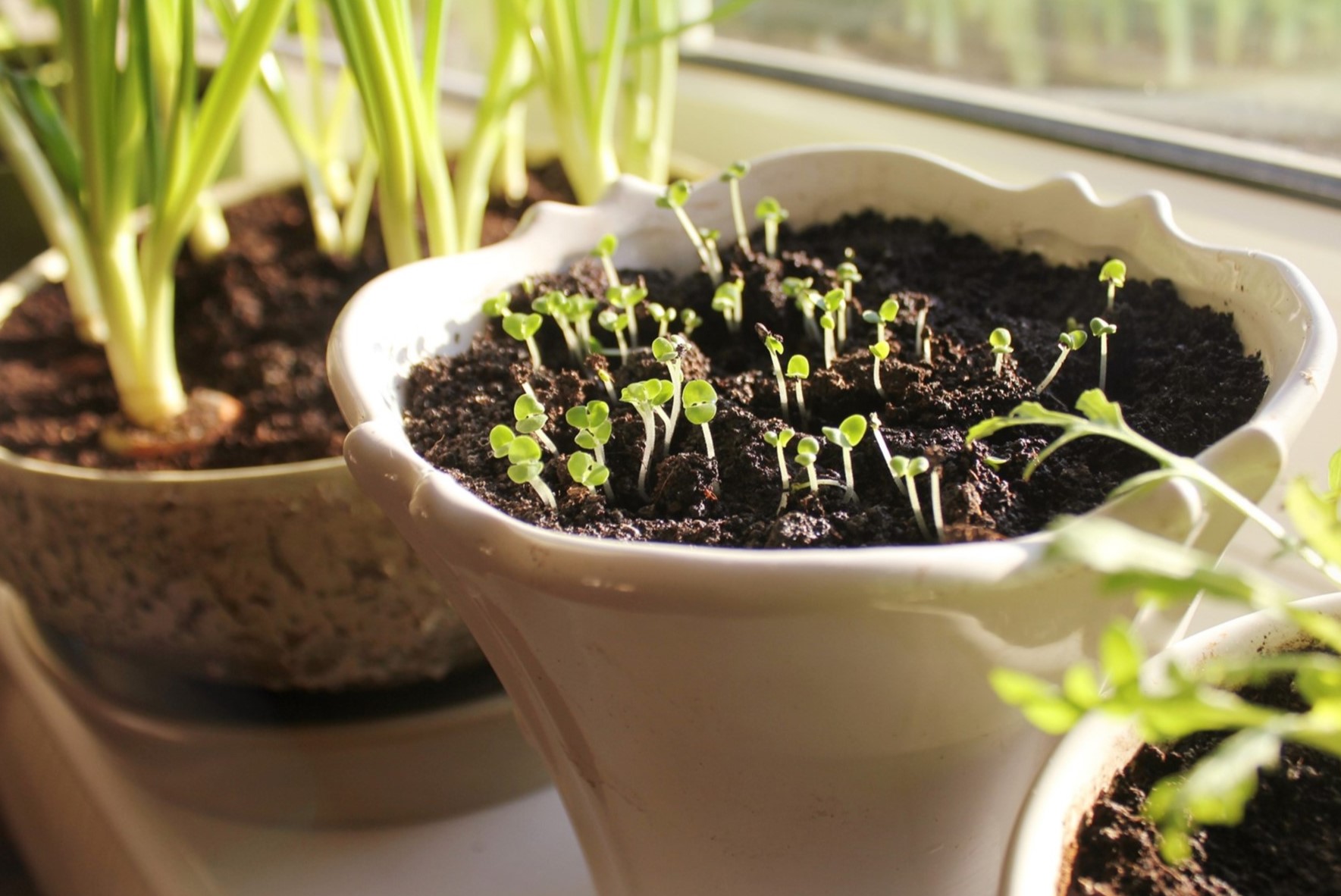
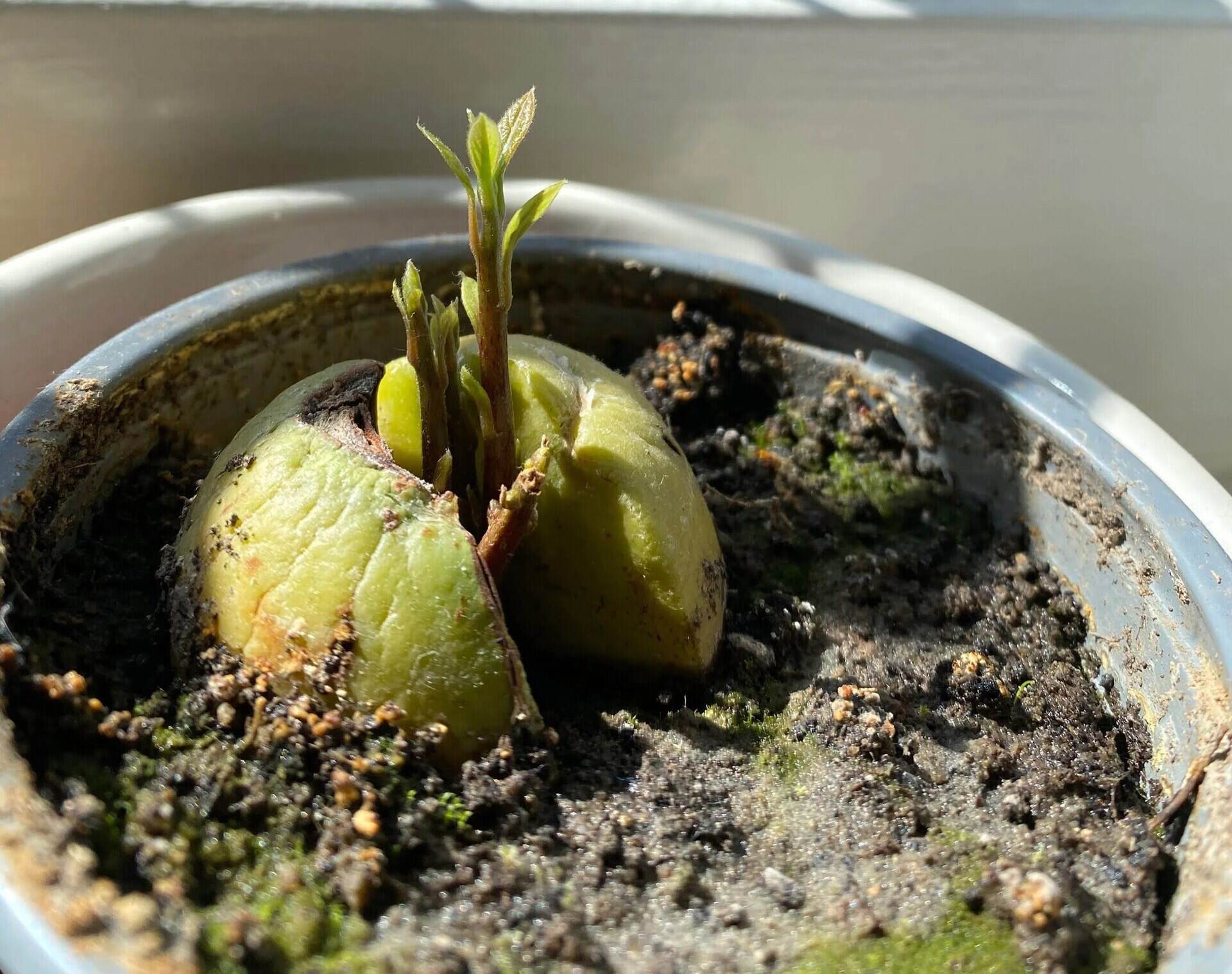
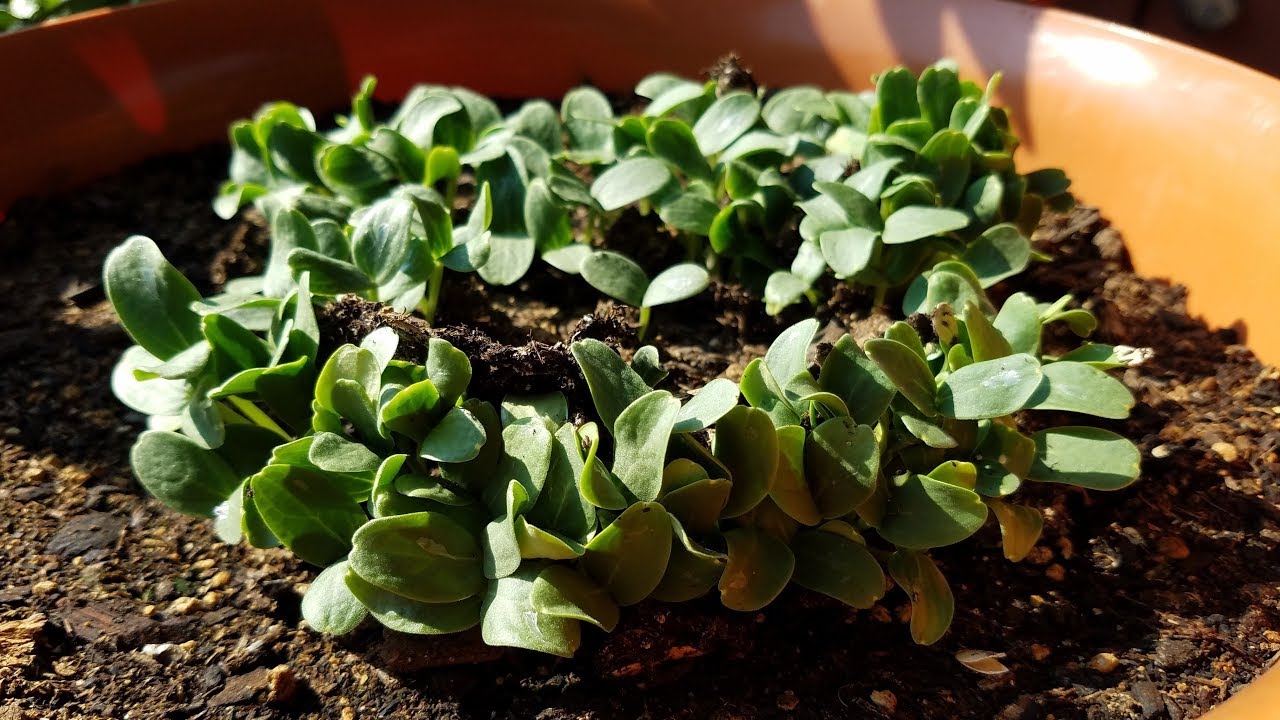
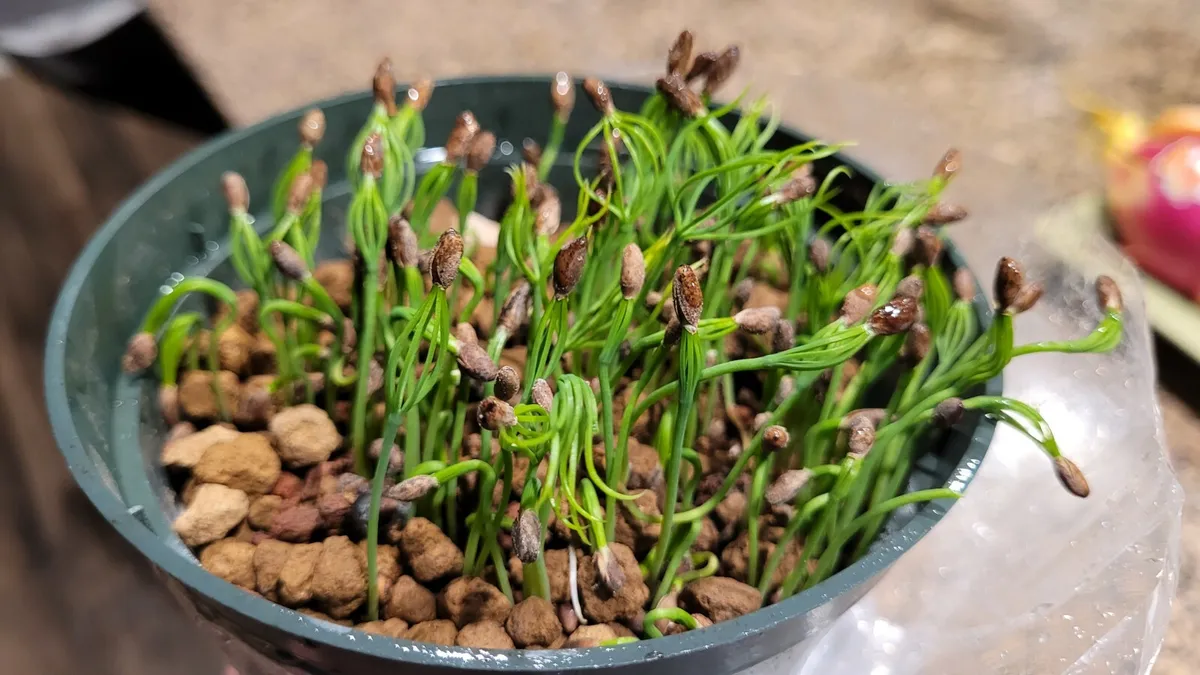
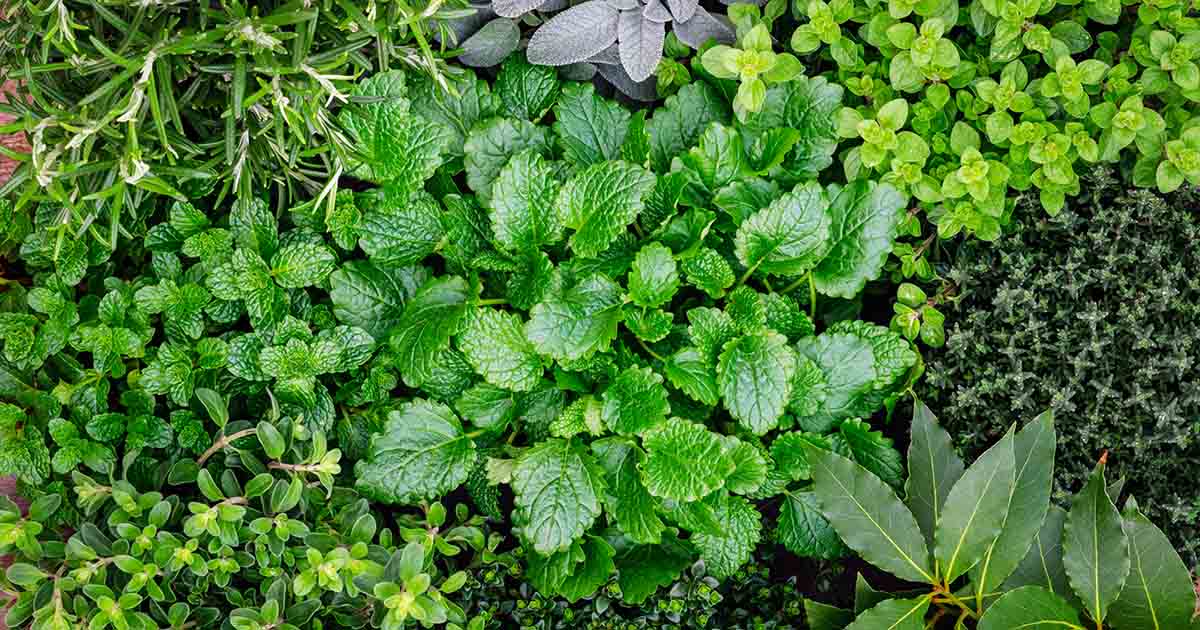
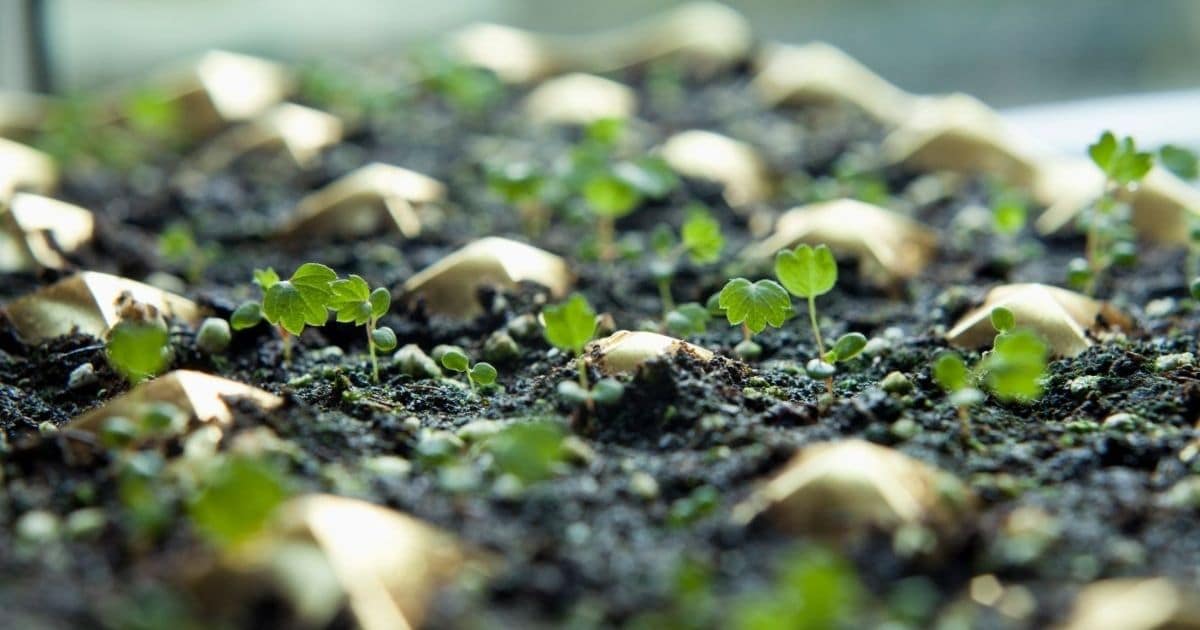
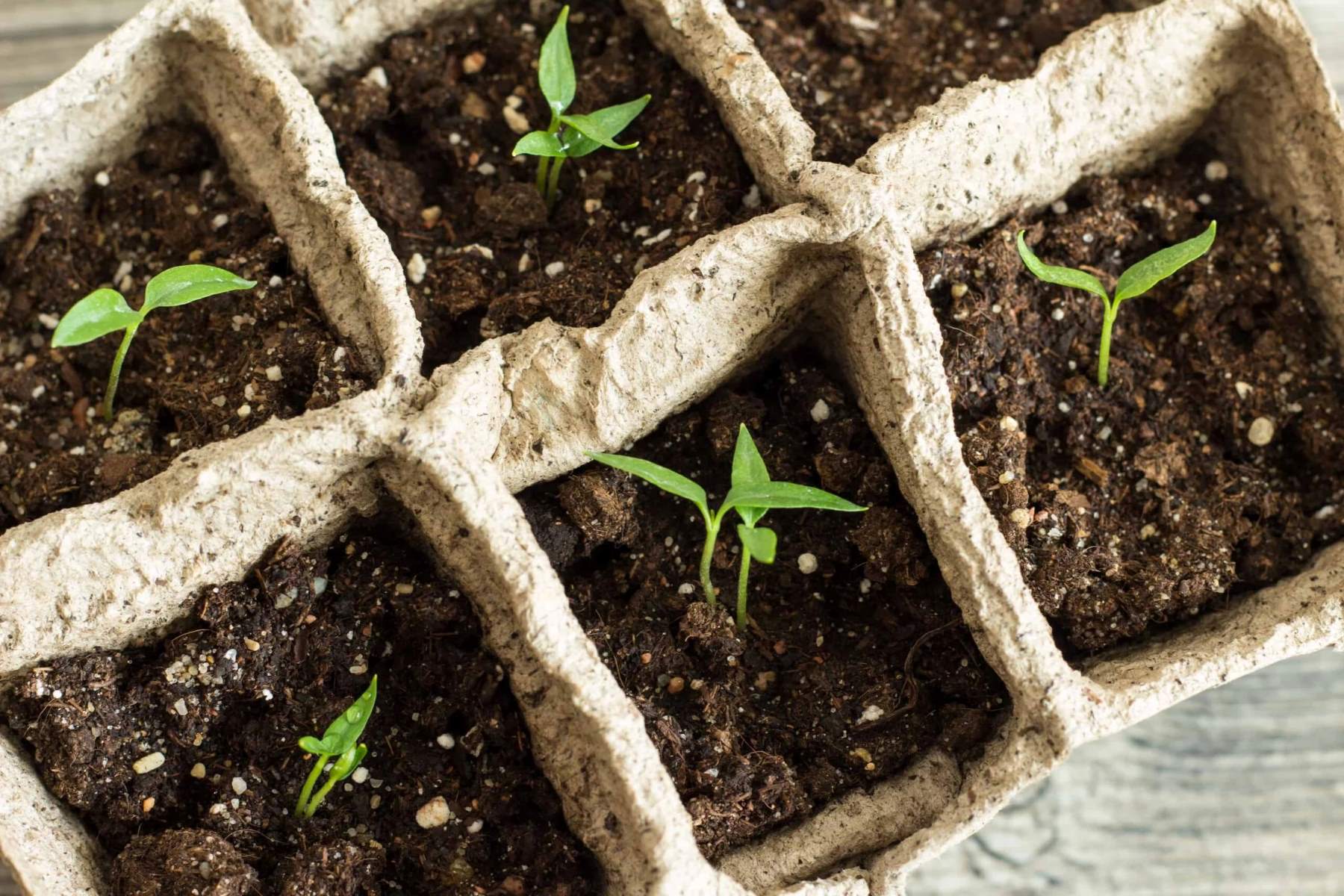
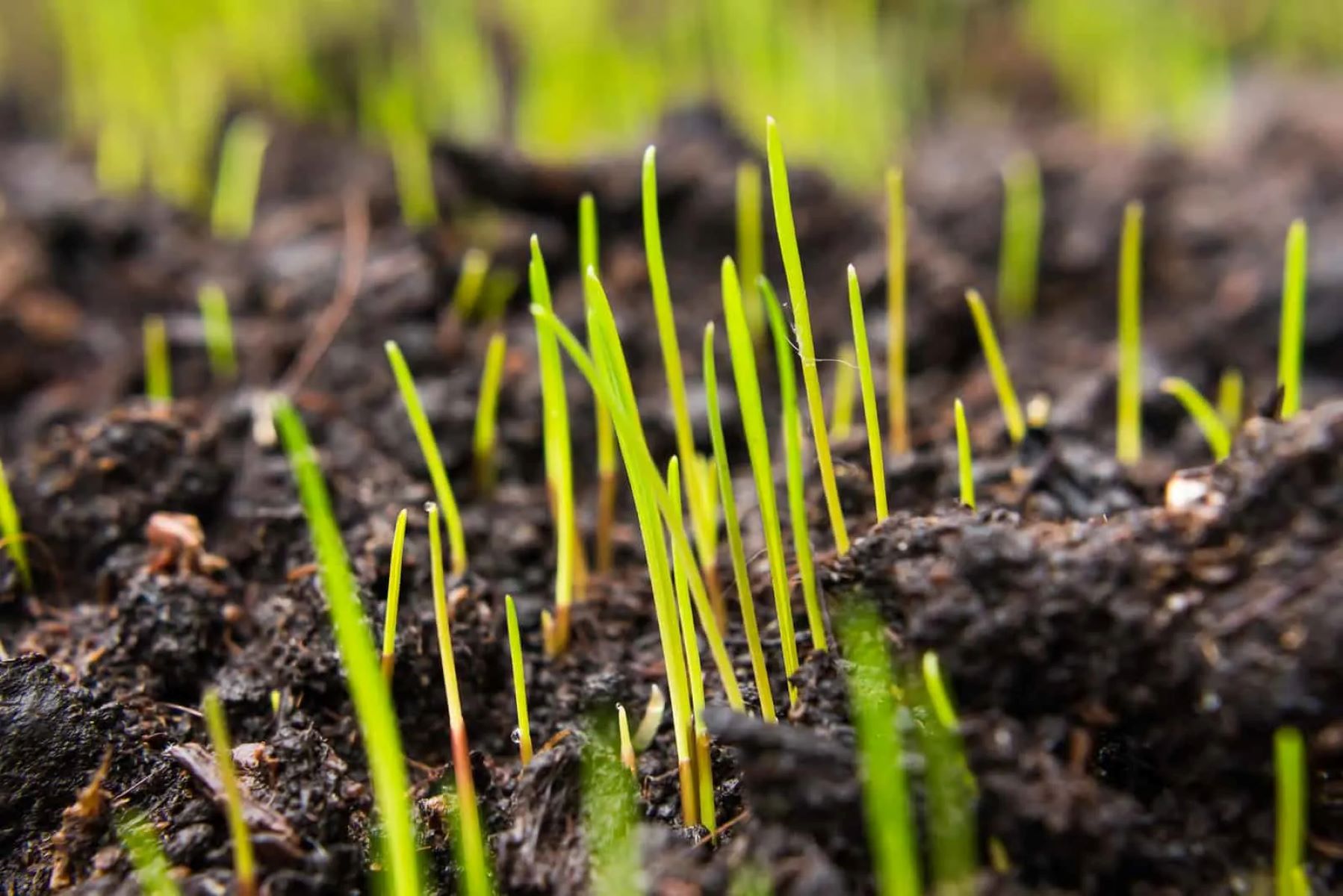
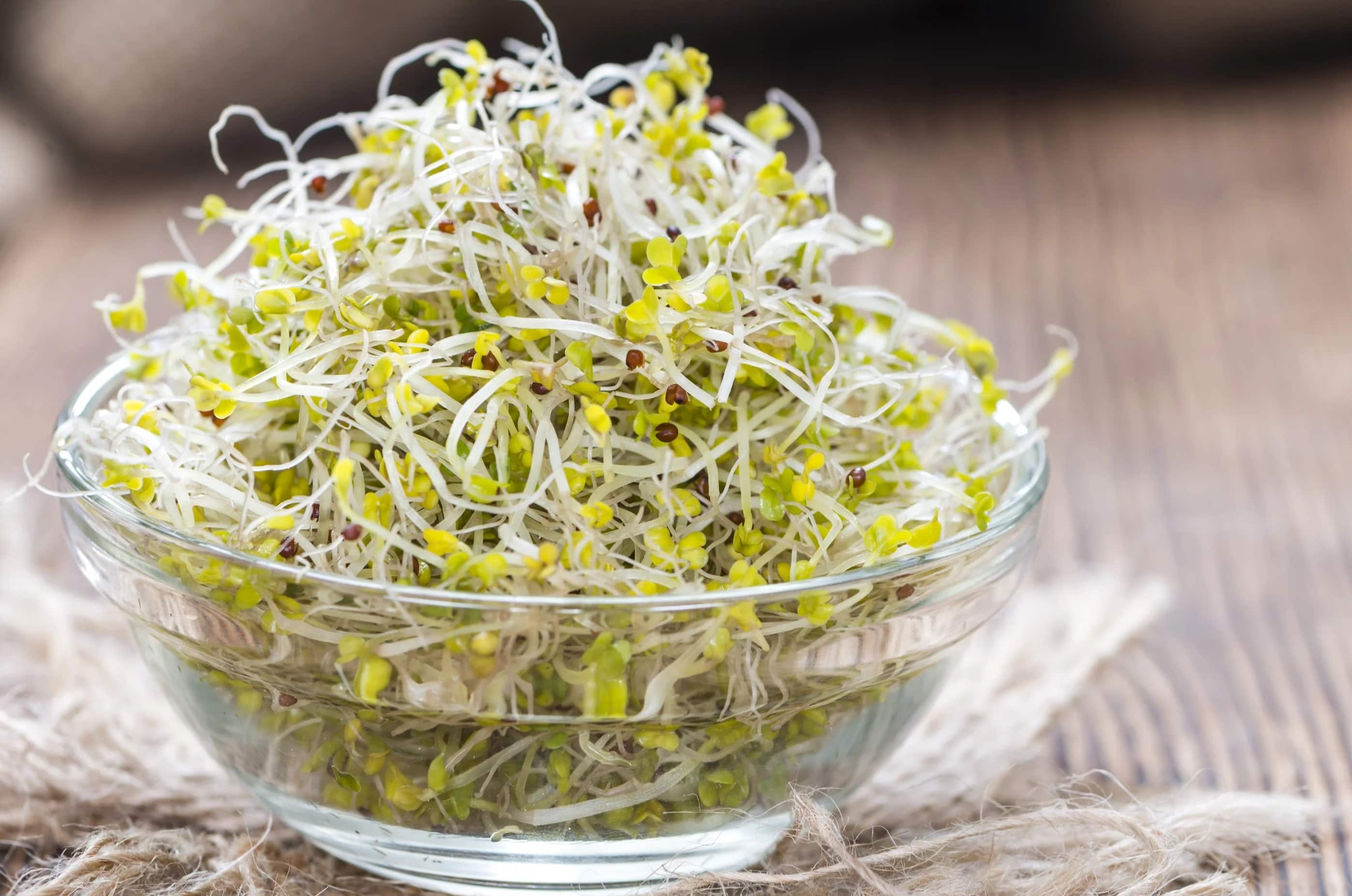
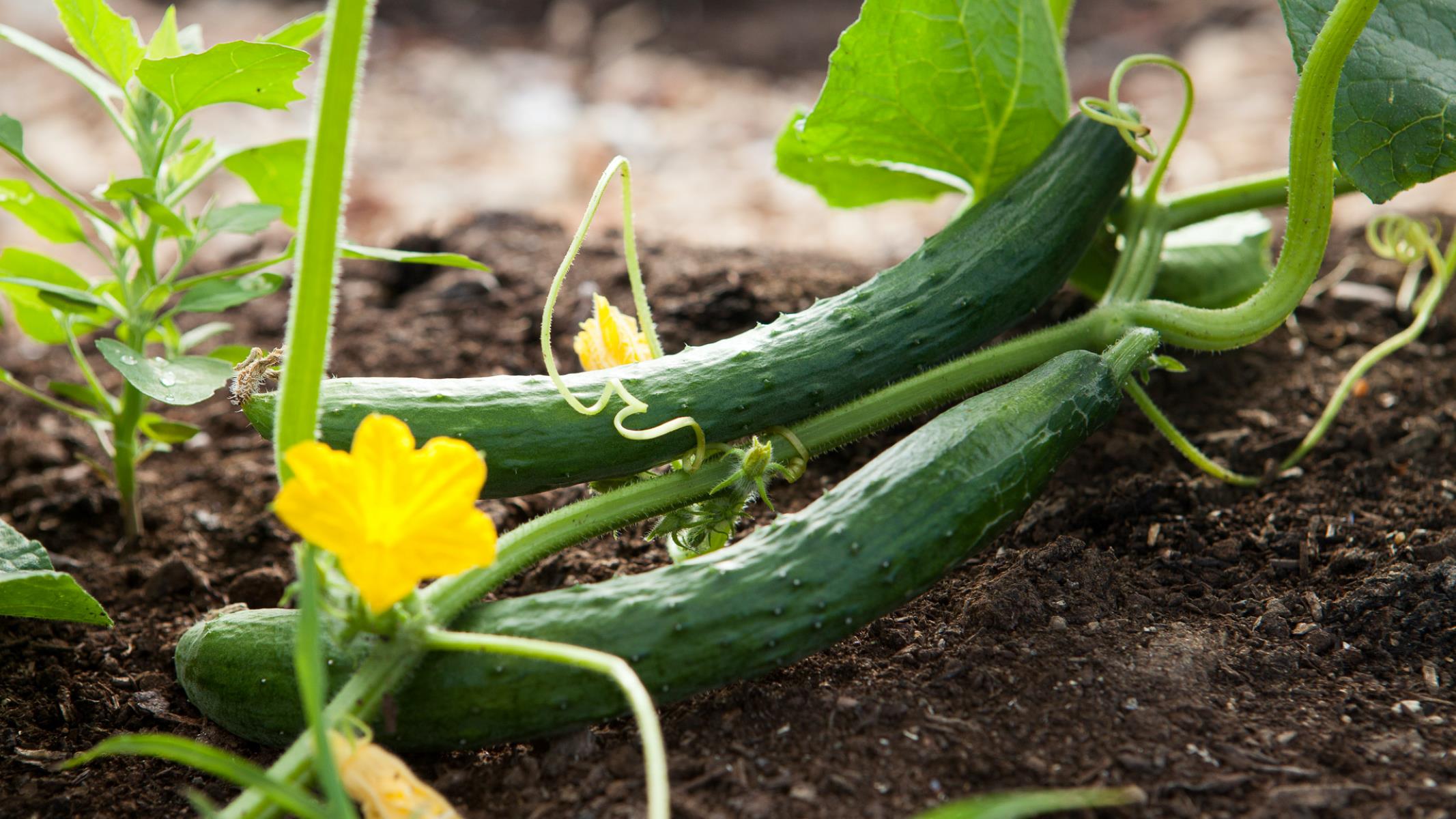
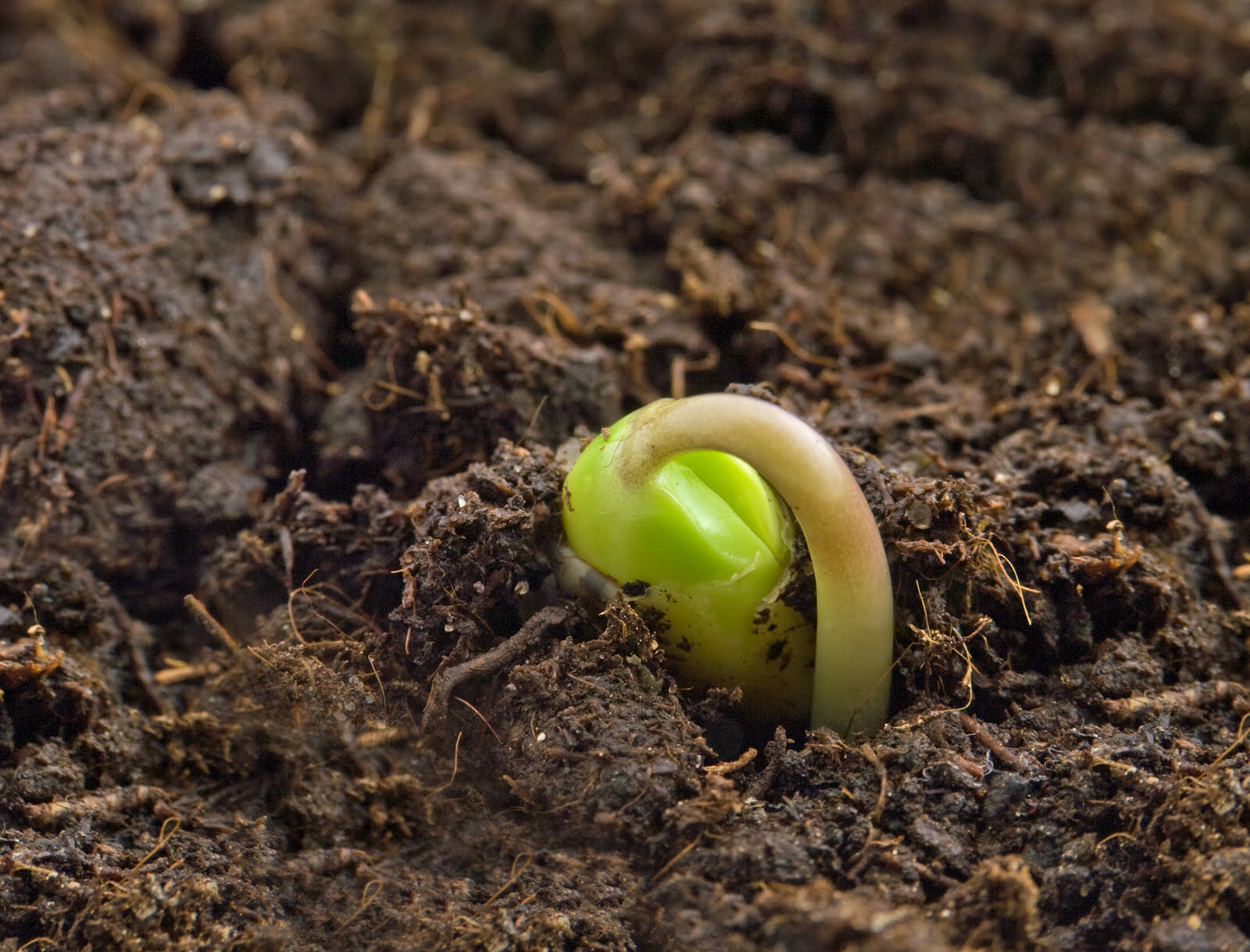

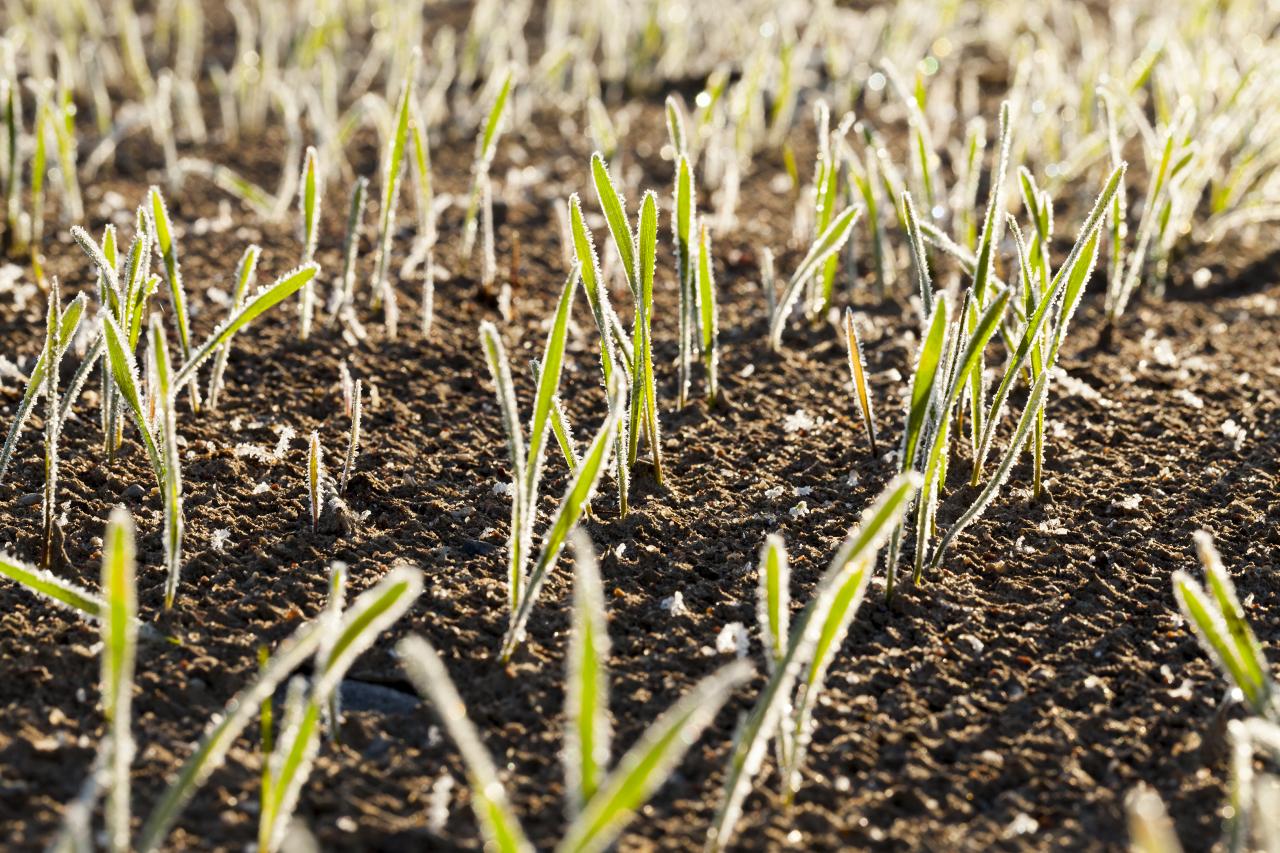


0 thoughts on “How Long For Grass Seed To Sprout”